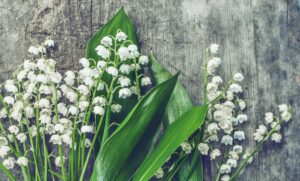June is an invigorating time for gardeners in USDA Zone 6. With warmer temperatures and the absence of frost, it’s the perfect month to plant varieties of vegetables, flowers, herbs, and landscape plants. Each plant has its optimal temperature range and specific planting guidelines, which helps maximize the potential for a bountiful harvest or beautiful landscape.
Vegetables To Plant
Vegetables are one of the most rewarding crops to grow, and June is prime time for sowing many varieties. Here’s a detailed guide on ten vegetables that can be planted in June in Zone 6.
Beans
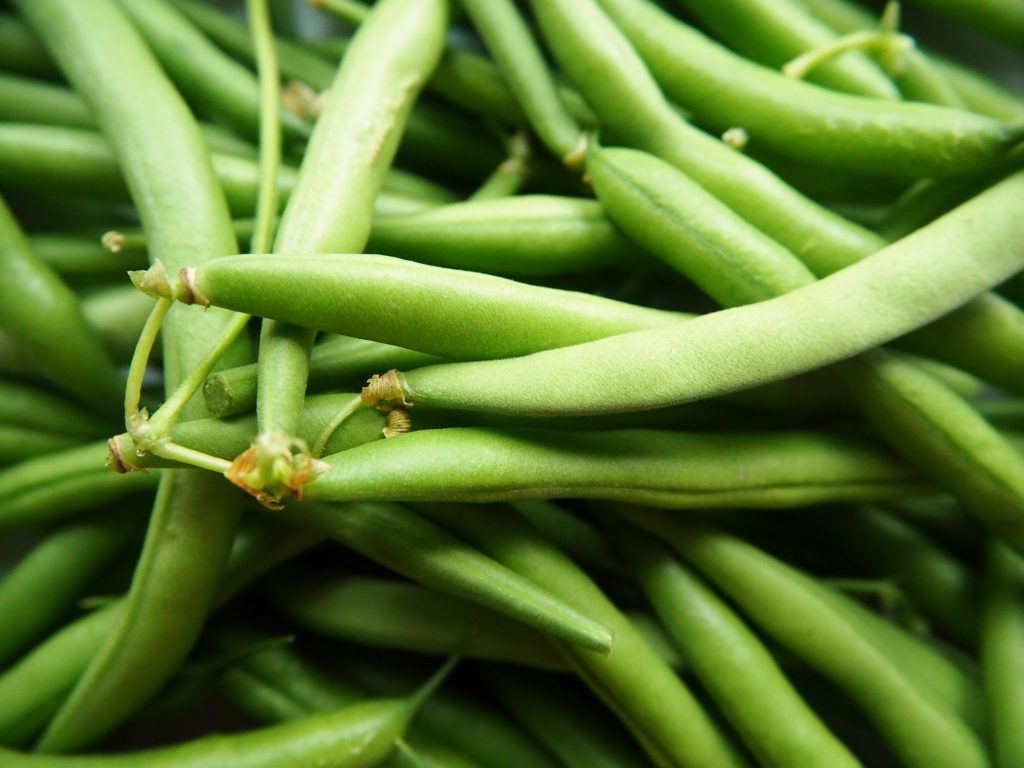
Temperature Tolerance: Beans thrive in warm soil, ideally at 70°F to 95°F. These plants are sensitive to frost, so planting too early can hinder germination and growth.
Planting Details: In Zone 6, June is perfect for sowing bean seeds directly into the garden. After the last frost, you can plant both bush and pole varieties. Beans require full sun and benefit from well-drained soil enriched with organic matter. They germinate quickly, typically taking about 7 to 14 days, and can be harvested in about 50 to 60 days for bush beans, while pole beans may take 70 to 90 days. Beans are also nitrogen-fixing crops, improving soil fertility for future plantings.
Cucumbers
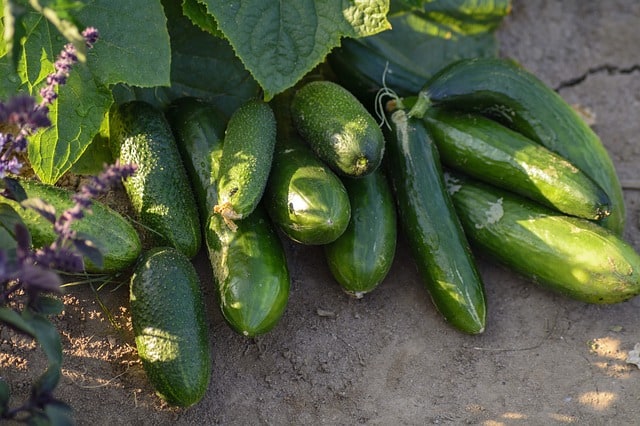
Temperature Tolerance: Cucumbers flourish in temperatures between 70°F and 95°F and should be planted only when the soil is consistently warm, ideally above 65°F.
Planting Details: Directly sow cucumber seeds into nutrient-rich soil in June. They prefer full sun (six hours or more) and require watering to keep the soil consistently moist. Cucumbers can climb; thus, providing trellises can help maximize space and air circulation. Depending on the variety, cucumbers mature in about 50 to 70 days. They are versatile for fresh eating, pickling, or adding to salads.
Corn
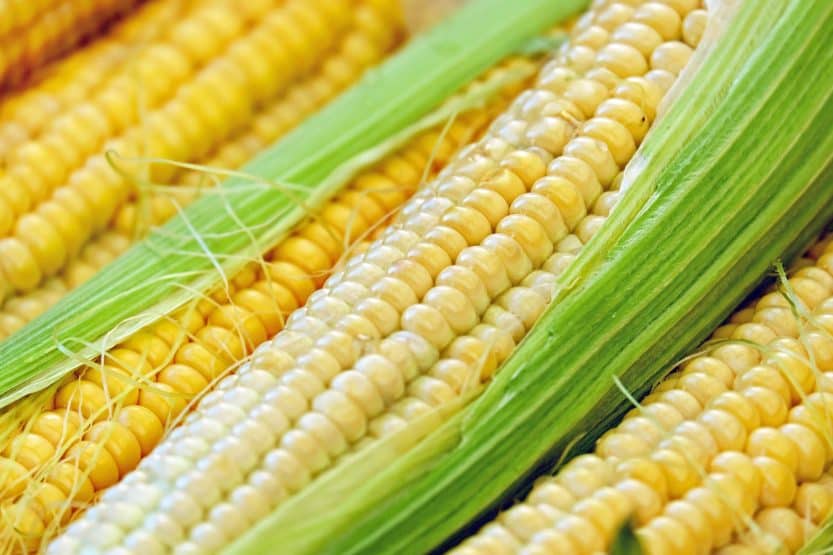
Temperature Tolerance: Corn loves warm weather, thriving best when soil temperatures are at least 60°F, with optimal growth occurring between 70°F and 85°F.
Planting Details: In Zone 6, June is ideal for sowing corn seeds directly in the garden. Plant seeds 1.5 to 2 inches deep, spaced about 12-36 inches apart, depending on whether you opt for sweet or field corn varieties. Corn grows best in blocks rather than rows to enhance pollination. It usually takes about 70 to 100 days to yield harvestable ears, making summertime planting crucial for a successful crop.
Squash
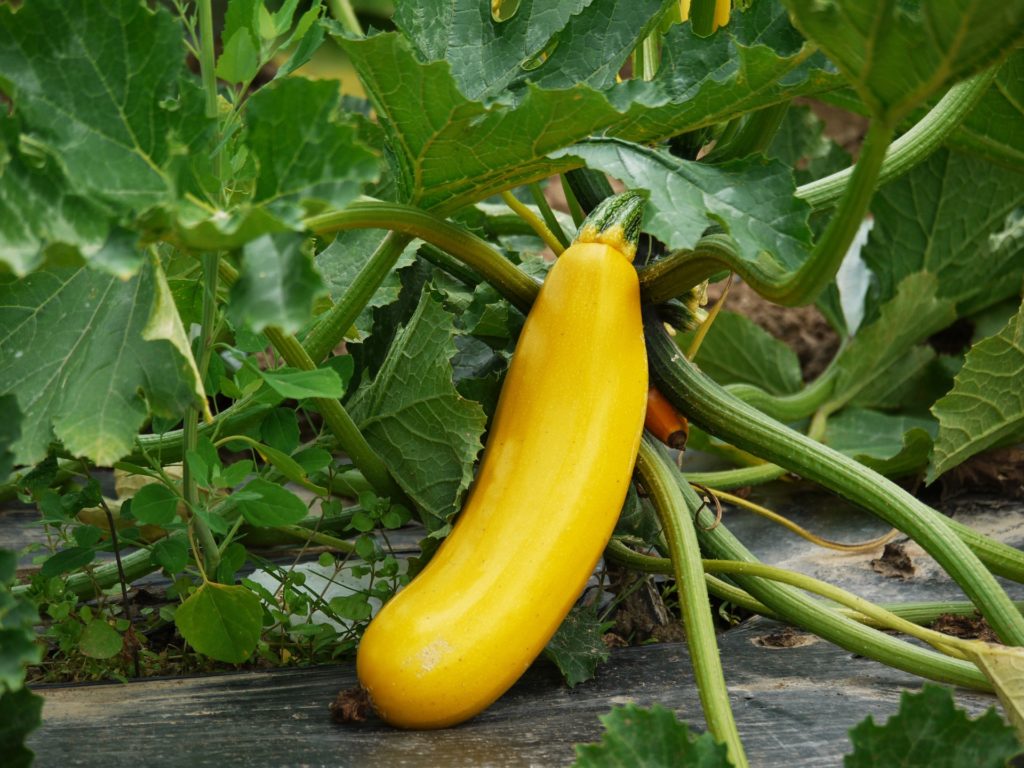
Temperature Tolerance: Summer squash, including zucchini, thrives in temperatures from 70°F to 90°F and is sensitive to frost.
Planting Details: Plant squash seeds directly into well-prepared garden soil in June. They require full sun and flourish with consistent watering. Squash has a quick turnaround time, maturing in approximately 50 to 60 days. Different varieties have unique flavors and culinary uses, making them extremely versatile in the kitchen.
Tomatoes
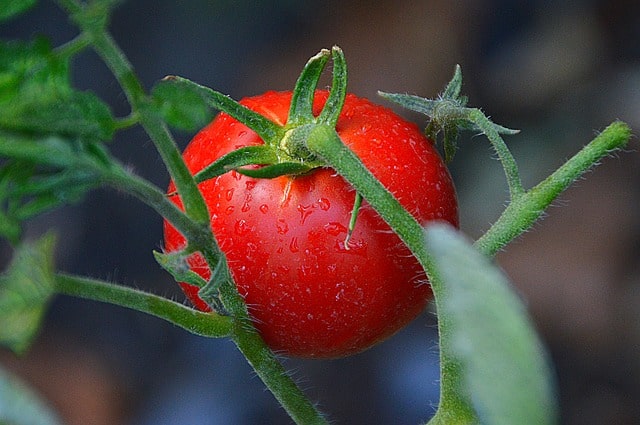
Temperature Tolerance: Tomatoes thrive in warm temperatures ranging from 70°F to 85°F. They are highly sensitive to frost, so planting timing is critical.
Planting Details: June is an excellent time to transplant young tomato plants into the garden after all frost warnings have passed. Space them 18 to 24 inches apart in well-drained, fertile soil. If planting seeds directly, ensure it’s in a controlled indoor environment before transplanting. Tomatoes generally take 60 to 90 days to produce fruit and require support structures as they grow.
Peppers

Temperature Tolerance: Peppers prefer warm climates, thriving in temperatures of 70°F to 90°F.
Planting Details: In June, you can safely transplant pepper seedlings into your garden after ensuring there’s no frost risk. They prefer full sun, well-drained soil, and benefit from regular watering. Bell peppers and other varieties usually require about 70 to 90 days to mature from transplanting to harvest.
Carrots
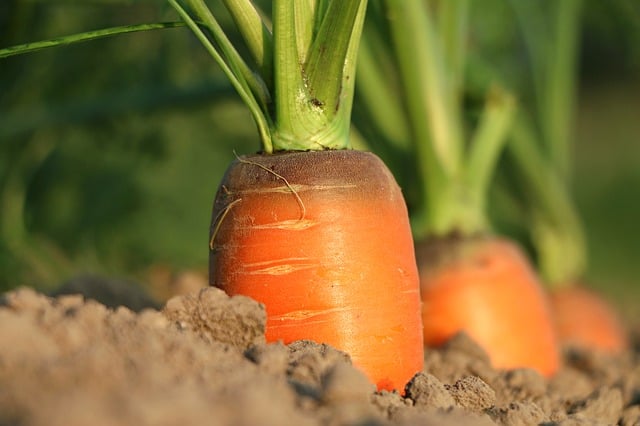
Temperature Tolerance: Carrots are more tolerant of cooler temperatures but can be planted in the warmer summer months, ideally when soil temperatures are at least 50°F.
Planting Details: In Zone 6, carrots can be directly sown in garden beds in June. They prefer loose, sandy soil that allows for proper root development. Carrots take about 70 to 80 days from sowing to mature, allowing for late summer and fall harvests. Provide consistent moisture during germination, and thin seedlings for proper spacing as they grow.
Radishes
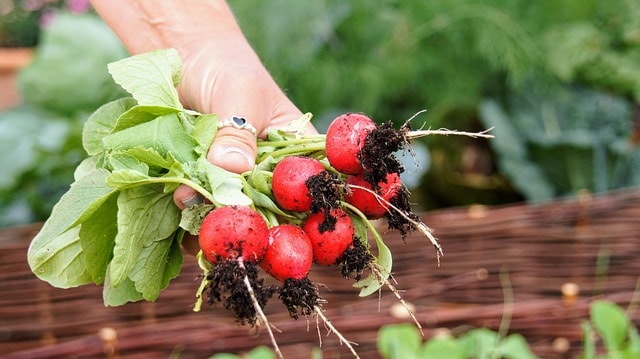
Temperature Tolerance: Radishes thrive in cooler weather but can handle a range of temperatures from 50°F to 85°F, making them suitable for June planting.
Planting Details: Radishes can be directly sown in well-drained soil in June. They germinate quickly, within 3-7 days, and are ready for harvest in just 25 to 30 days. Planting radishes in successive batches through the month can provide a continuous supply of fresh, crunchy roots. They are also great for interplanting with slower-growing crops to maximize garden productivity.
Beets

Temperature Tolerance: Beets perform well in cooler soils (ideally around 60°F), but June plantings can be successful as soil warms up in the summer.
Planting Details: Sow beet seeds directly into rich, well-draining soil. They thrive in full sun, though they can tolerate partial shade. It typically takes around 50 to 70 days to reach full maturity. Beets are versatile, providing both nutritious roots and greens for culinary uses.
Sweet Potatoes
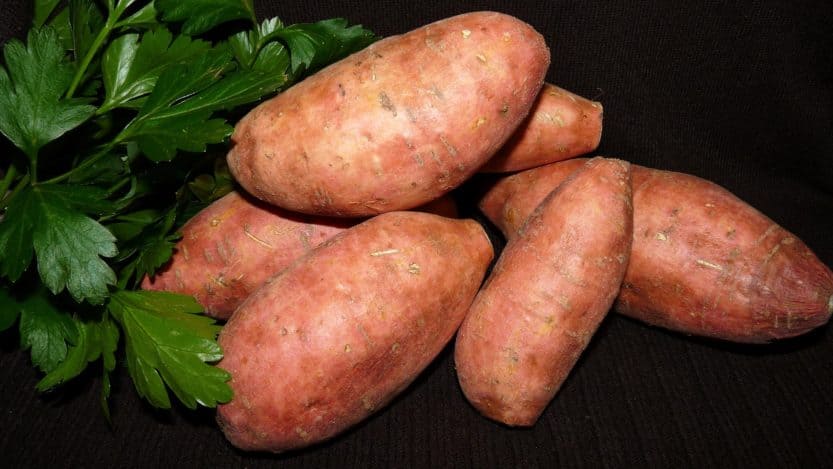
Temperature Tolerance: Sweet potatoes thrive in warm conditions, preferring soil temperatures over 65°F.
Planting Details: In June, transplant sweet potato slips—young plants started from roots—into well-drained soil with full sun exposure. This crop has a long growing season, typically requiring 90 to 120 days before harvest. Ensure the soil is consistently moist but not overly saturated to promote healthy tuber growth.
Flowers To Plant
In June, the blossoming potential of your garden brightens as you introduce various flower species. Here are ten flowers well-suited for planting in Zone 6 during this time:
Sunflowers

Temperature Tolerance: Sunflowers thrive in warm weather and can flourish in temperatures from 70°F to 90°F.
Planting Details: Directly sow sunflower seeds in full sun when the soil temperature is warm. They grow quickly and typically bloom within 70 to 100 days. These tall flowers are excellent for attracting pollinators such as bees and butterflies. Additionally, sunflowers can be harvested for their seeds or left to bolster bird-watching in the garden.
Zinnias

Temperature Tolerance: Zinnias prefer warm, sunny conditions, vibrant in temperatures between 70°F and 90°F.
Planting Details: Directly sow zinnia seeds in the garden or start them indoors for transplanting later. They thrive in well-drained soil and full sun. Zinnias bloom within about 60 days, offering bright, colorful flowers that can be cut for arrangements or left to attract pollinators.
Marigolds
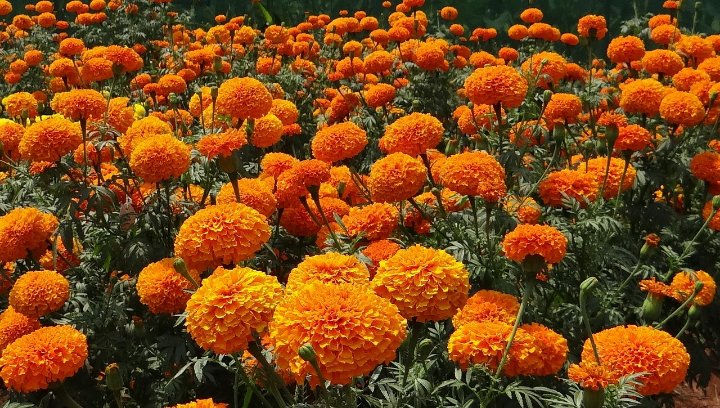
Temperature Tolerance: Marigolds are favorably adapted to warm weather and thrive best in temperatures up to 90°F.
Planting Details: Sow marigold seeds directly into garden beds in June. They require full sun and well-drained soil to flourish. This hardy annual also repels pests with its strong scent, making it a great companion plant in vegetable gardens. Depending on the variety, marigolds can bloom in as little as 50 to 80 days.
Cosmos

Temperature Tolerance: Cosmos are hardy annuals that appreciate the warmth, with optimal conditions in temperatures above 70°F.
Planting Details: Directly sow cosmos seeds into full sun in June. They thrive in various soil types and can tolerate poor drainage. With a blooming period of around 70 days, they are exceptional for attracting beneficial insects and can add a wildflower feel to any garden.
Snapdragons
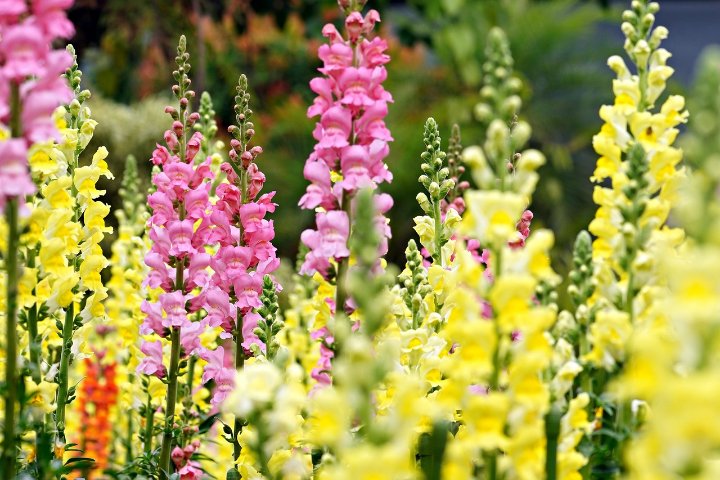
Temperature Tolerance: Snapdragons prefer cooler temperatures but can flourish in warmer climates if adequate moisture is provided, thriving in the 60°F to 80°F range.
Planting Details: Though often planted earlier, snapdragons can successfully be seeded or transplanted in June. They produce stunning vertical spikes of color and typically flower in about 60 days, providing a great transitional bloom before and after summer.
Petunias
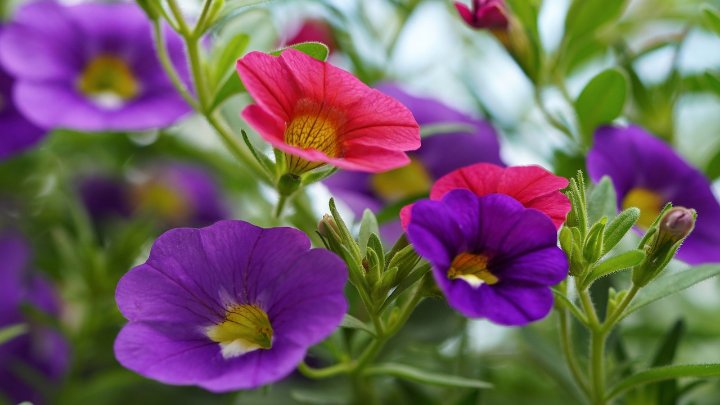
Temperature Tolerance: Petunias thrive in warm temperatures, ideally between 60°F and 80°F.
Planting Details: Direct sow seeds or transplant young petunia plants into the garden during June. Regular deadheading will encourage more blooms, and they will typically flower in about 70 days. They offer both fragrance and vibrant colors, making them fantastic for borders or containers.
Nasturtiums
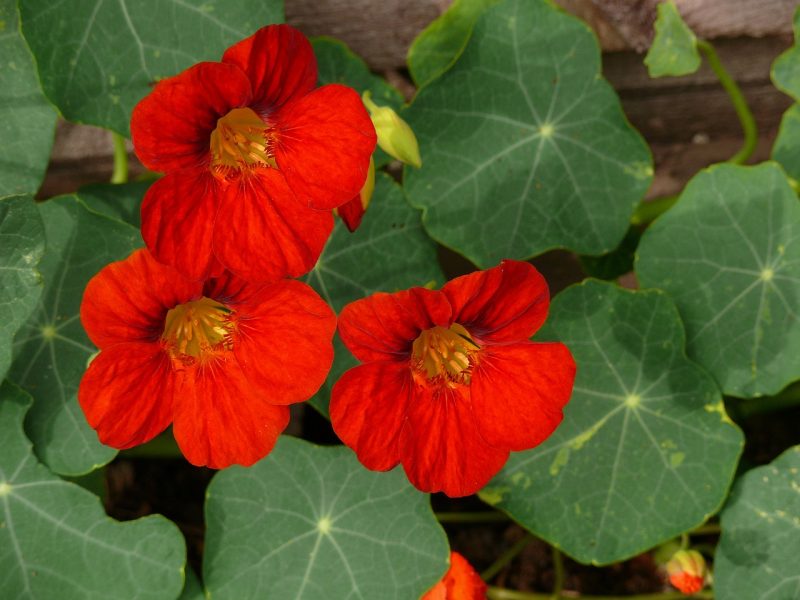
Temperature Tolerance: Nasturtiums flourish in warm weather, doing well in temperatures up to 85°F.
Planting Details: Directly sow nasturtium seeds into well-drained soil in full sun around mid-June. They are relatively low-maintenance and can grow on poorer soils, making them adaptable and resilient. Additionally, both the flowers and leaves are edible, adding colorful and flavorful elements to salads. They usually bloom in 50-70 days.
Dianthus

Temperature Tolerance: Dianthus prefers moderate temperatures but can adapt well, flourishing when temperatures range from 65°F to 80°F.
Planting Details: While they can be started earlier, June planting for dianthus ensures blooming later in the summer. They prefer well-drained soils and are a great cut flower, often taking about 60-90 days to produce blooms.
Black-eyed Susans
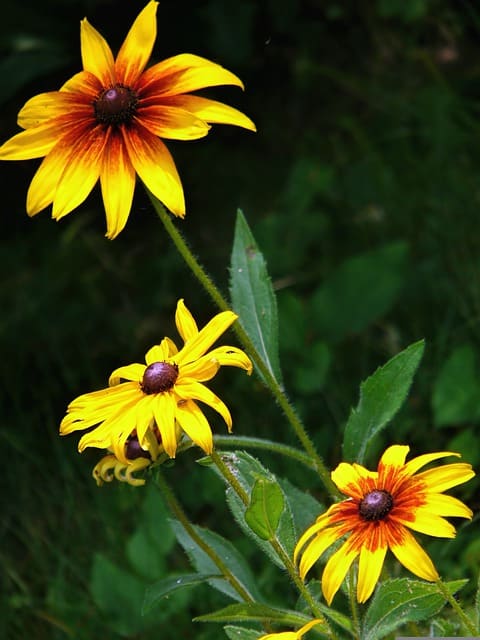
Temperature Tolerance: Black-eyed Susans thrive in warm temperatures, growing well up to 90°F and are fairly drought-tolerant.
Planting Details: Plant seeds directly in sunny patches of well-drained soil in June. They usually bloom in about 70-90 days and are perennials, returning year after year, making them excellent for low-maintenance gardens and attracting pollinators.
Coreopsis
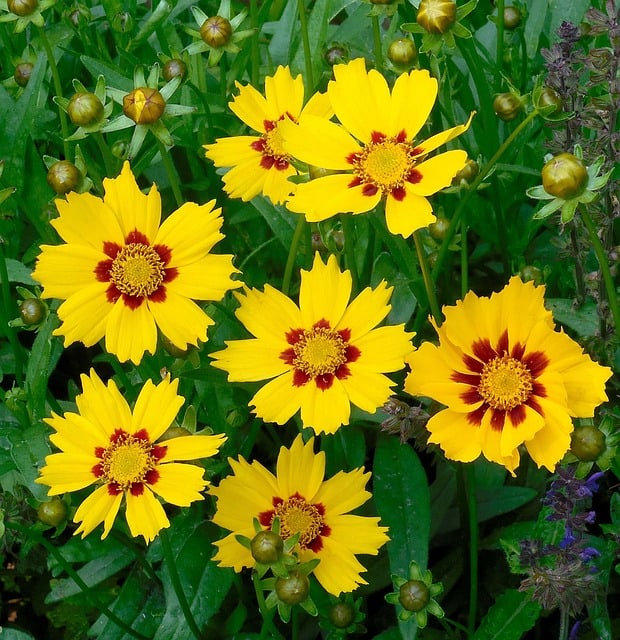
Temperature Tolerance: Coreopsis plants thrive in warm weather, growing well in temperatures ranging from 70°F to 90°F.
Planting Details: Plant seeds or young plants directly in full sun in June. Beloved for their daisylike flowers, coreopsis typically blooms in about 60 days, helping to provide a bright, cheerful aesthetic and supporting local pollinators while being relatively drought-tolerant.
Herbs To Plant
Herbs add flavor to culinary dishes and beauty to gardens. Here’s a detailed overview of ten herbs you can plant in June in Zone 6.
Basil
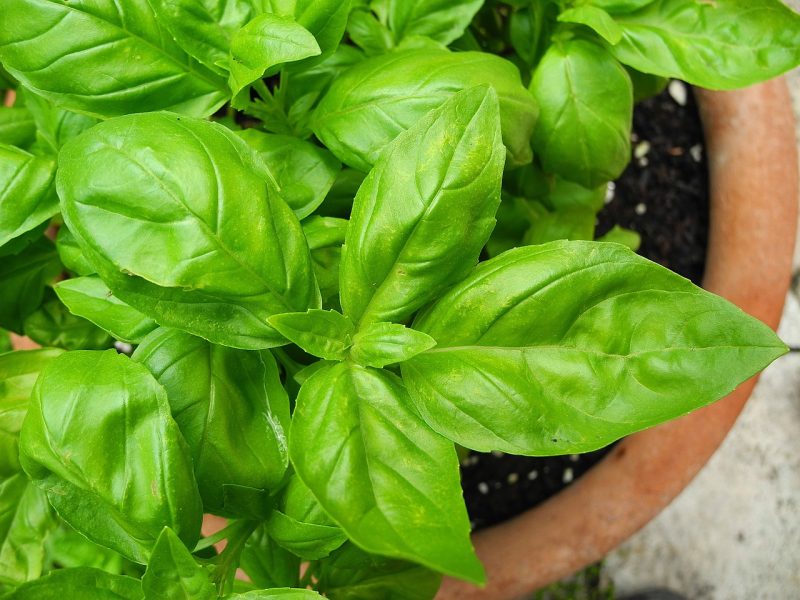
Temperature Tolerance: Basil loves warm conditions, thriving in temperatures between 70°F and 90°F.
Planting Details: Sow basil seeds or transplant seedlings into well-drained soil in June. They thrive in full sun and appreciate regular watering. This herb grows rapidly, ready for first harvests in about 30 to 60 days. Basil is popular for its culinary uses in salads, pestos, and sauces.
Cilantro
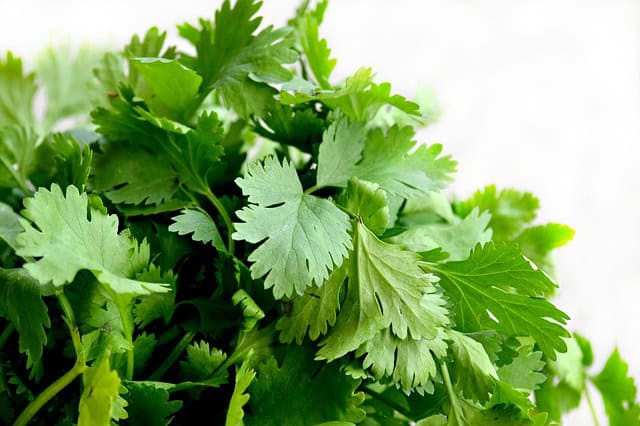
Temperature Tolerance: Cilantro prefers cooler growing conditions but can be planted in June in areas that provide some shade, ideally thriving in temperatures from 60°F to 75°F.
Planting Details: Directly sow cilantro seeds in well-draining soil in June for a consistent supply through the summer. Typically, cilantro matures within 70 days before it bolts, so regular harvesting is essential to prolong its lifespan in the garden.
Dill
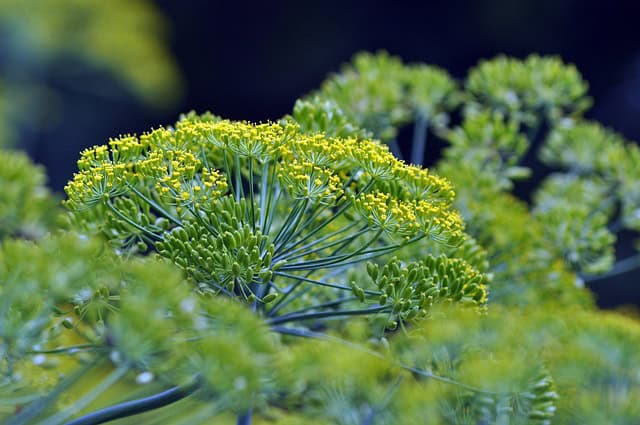
Temperature Tolerance: Dill prefers moderate temperatures and grows best in conditions ranging from 60°F to 70°F.
Planting Details: Start dill seeds directly in well-drained soil with plenty of sunlight in June. Dill grows quickly, usually taking around 40-60 days to mature, and is excellent for culinary use in pickling and garnishing dishes.
Chives

Temperature Tolerance: Chives flourish in cooler weather but are well-suited for growth in temperatures from 60°F to 80°F.
Planting Details: Sow chive seeds or transplant divisions directly in the garden in June. They require well-drained soil and full sunlight to thrive. Chives can take about 60-90 days to mature, providing flavorful green shoots throughout the growing season.
Oregano
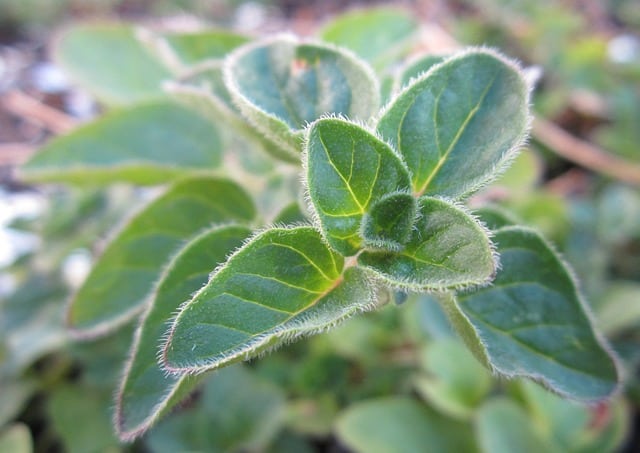
Temperature Tolerance: Oregano enjoys warm weather and flourishes in temperatures from 70°F to 85°F.
Planting Details: Start oregano from seed or buy young plants to transplant into well-drained soil in full sun. Oregano matures in about 60-90 days and is renowned for its culinary versatility in Mediterranean and Italian cuisines.
Rosemary
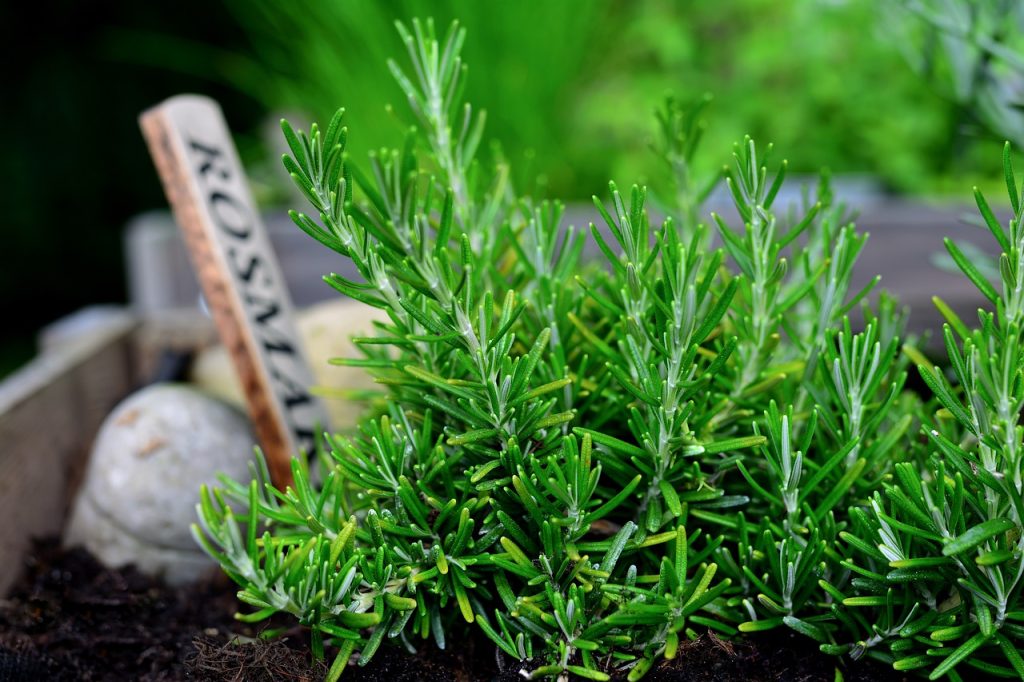
Temperature Tolerance: Rosemary prefers warm, sunny conditions and flourishes in temperatures above 70°F.
Planting Details: Plant young rosemary plants or cuttings in June, ensuring they are in well-drained soil and receiving full sun. Although it can be a slow grower, rosemary typically takes about 90 days to establish roots and can be harvested for flavoring various dishes.
Thyme
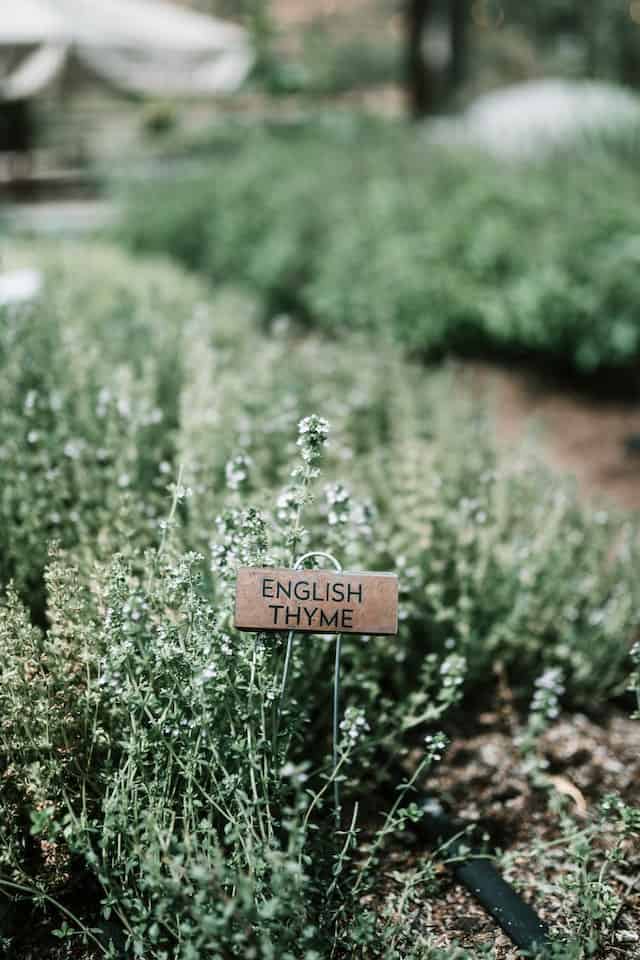
Temperature Tolerance: Thyme thrives in warm weather, commonly growing well in temperatures between 65°F and 80°F.
Planting Details: Sow seeds or transplant seedlings in the garden in June. Thyme is low-maintenance and requires well-drained soil, taking around 70 days to mature properly. This herb is a culinary staple with many uses due to its robust flavor profile.
Tarragon
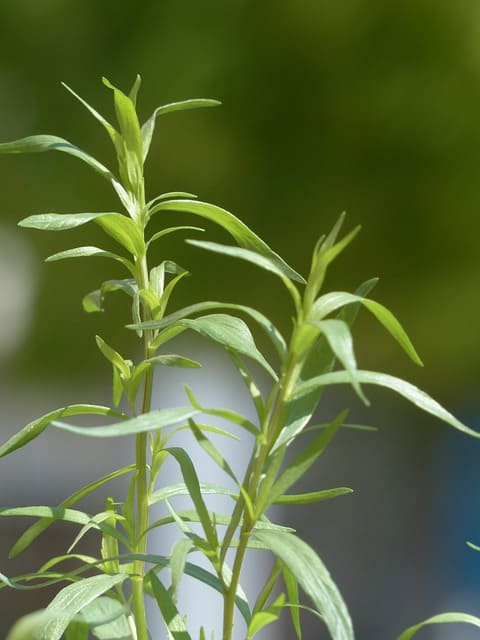
Temperature Tolerance: Tarragon flourishes in warm, sunny environments, ideally thriving at temperatures over 70°F.
Planting Details: Start tarragon from cuttings or divisions in well-drained, loamy soil during June. It takes about 70-80 days to reach harvestable size and is known for its distinct flavor in sauces and dressings.
Mint
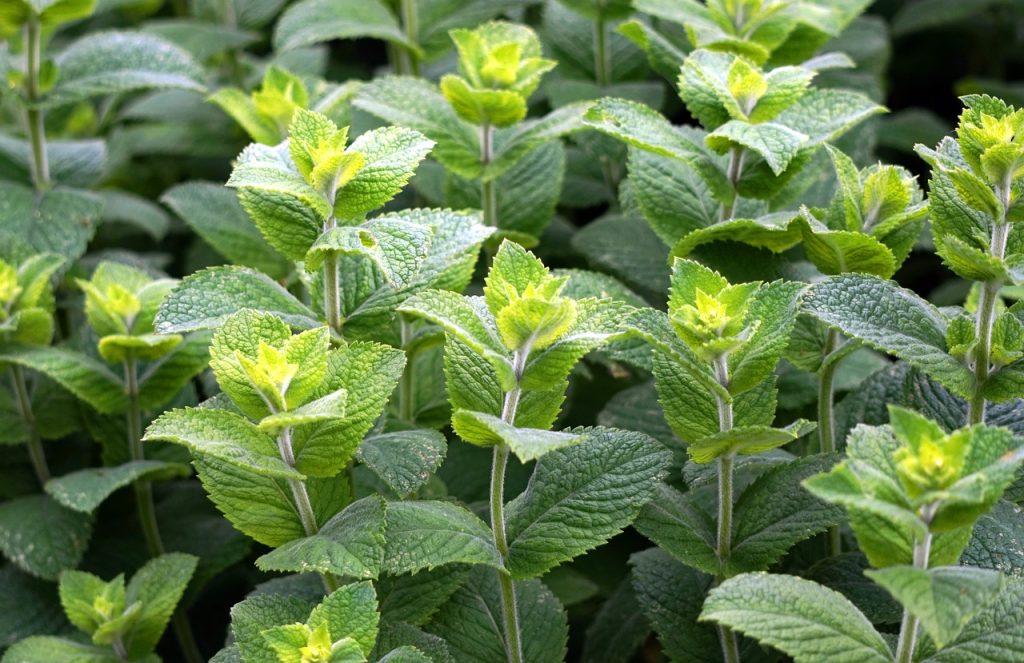
Temperature Tolerance: Mint tolerates a range of temperatures but does best in warmer conditions, ideally between 70°F and 80°F.
Planting Details: Plant mint in well-drained soil, preferably in containers to control its aggressive spread. Mint grows quickly, typically flourishing in about 60 days. It’s perfect for garnishing drinks and dishes, making the garden more aromatic and flavorful.
Sage

Temperature Tolerance: Sage prefers warm conditions, thriving in temperatures between 70°F and 85°F.
Planting Details: Transplant young sage plants or root divisions directly into the garden in June. They require full sun and well-drained soils, taking about 70-80 days to establish. Sage’s rich flavor enhances meats and savory dishes, making it a favorite among cooks.
Landscape Plants To Plant In June
June is also a wonderful time to enhance your landscape with vibrant perennial plants. Here’s an in-depth overview of ten landscape plants aptly suited for planting in June in Zone 6.
Daylilies
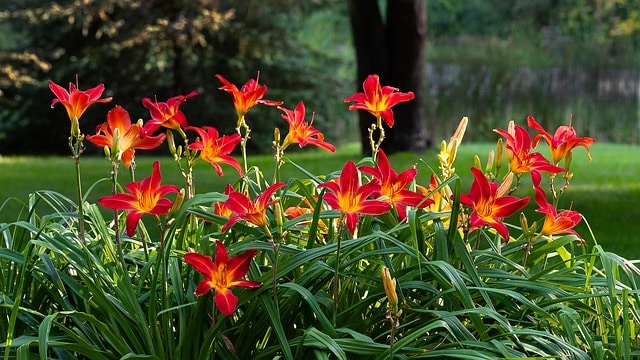
Temperature Tolerance: Daylilies thrive in warm conditions and do well in temperatures from 65°F to 85°F.
Planting Details: Plant daylily roots in well-draining soil in June. These perennial plants are incredibly hardy and will produce stunning flowers year after year. They’re low-maintenance, resistant to pests, and can thrive in various soil conditions, taking about 60 days to begin blooming.
Hydrangeas

Temperature Tolerance: Hydrangeas prefer moderate temperatures but can tolerate heat well, flourishing in temperatures up to 85°F.
Planting Details: June is a great time to transplant hydrangea bushes, factoring in their need for ample water and well-drained soil. Depending on the type, hydrangeas can take about 60-120 days to bloom, and they are immensely popular for their large, showy flower heads that can enhance any landscape.
Coneflowers
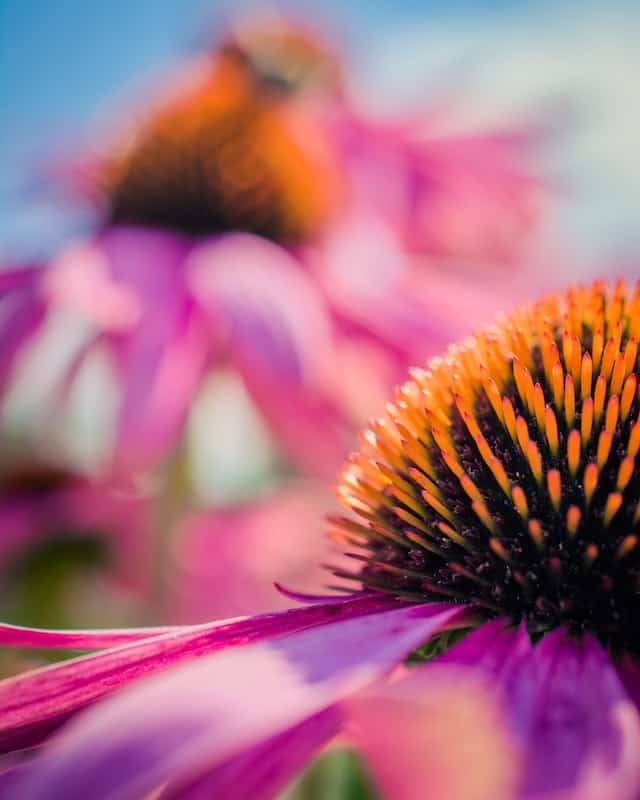
Temperature Tolerance: Coneflowers grow best in warm weather, thriving in temperatures exceeding 70°F.
Planting Details: Sow seeds or transplant coneflower plants in sunny patches of well-drained soil. They are hardy perennials that bloom in approximately 80 days, providing long-lasting color and attracting pollinators to your garden.
Hostas
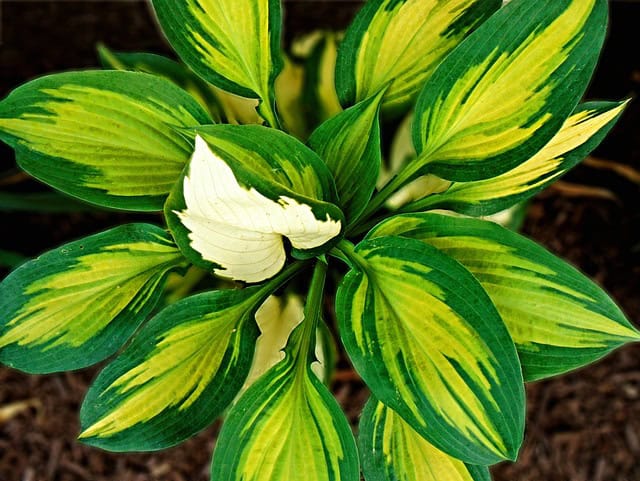
Temperature Tolerance: Hostas prefer cooler climates with temperatures ranging from 50°F to 75°F.
Planting Details: Plant hostas during June in partially shaded areas with rich, loamy soil. They can take about 70 days to settle in before showcasing their beautiful foliage, making them excellent for shady gardens or borders.
Astilbes

Temperature Tolerance: Astilbes thrive in moist, cooler climates, flourishing in temperatures of 50°F to 75°F.
Planting Details: Plant astilbe roots in well-drained, rich soil in June. They grow beautifully in shady corners and produce feathery flower spikes in vibrant colors, typically blooming in about 60-80 days.
Perennial Geraniums
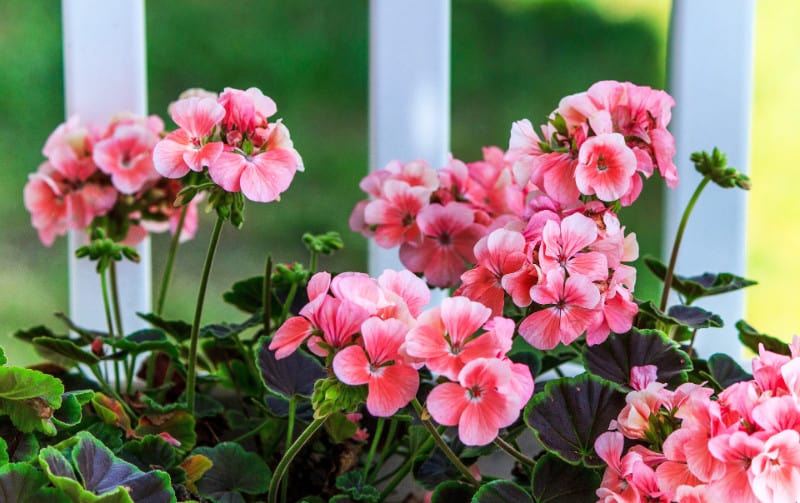
Temperature Tolerance: Perennial geraniums flourish in temperatures around 65°F to 75°F.
Planting Details: Transplant geranium roots in well-drained soil during June. They are resilient, easy to grow, and provide delightful blooms. They typically take about 60-90 days to flower.
Lavender

Temperature Tolerance: Lavender loves hot, sunny climates, thriving well in temperatures above 70°F.
Planting Details: Lavender requires well-drained soil with full sun and can be planted in June. It is drought-tolerant and can take approximately 90 days to flower, providing lovely fragrance and attracting beneficial pollinators to the garden.
Russian Sage
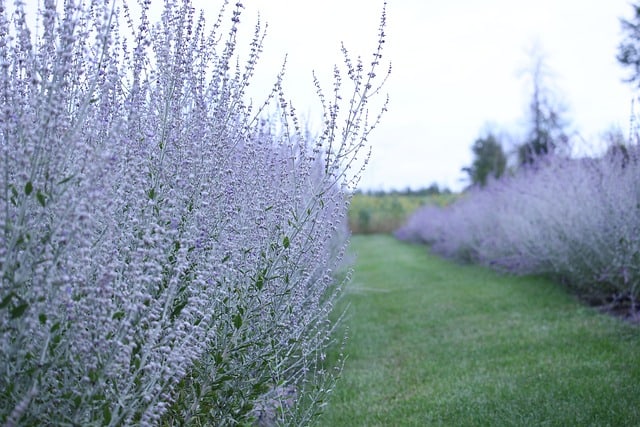
Temperature Tolerance: This drought-tolerant plant flourishes in hot temperatures, ideally between 70°F and 90°F.
Planting Details: Plant Russian sage in full sun and well-drained soil in June. It typically takes around 70-80 days to establish and bloom, offering stunning spikes of purple flowers while remaining low-maintenance.
Sedums

Temperature Tolerance: Sedums thrive best in warm conditions and can handle hot, dry weather, growing well in temperatures near 90°F.
Planting Details: In June, plant sedums in sunny areas of well-drained soil. Low-growing sedums are excellent ground covers, and their resilience allows them to flourish with little attention, typically taking about 60 days to establish fully.
Creeping Thyme

Temperature Tolerance: Creeping thyme is heat tolerant and grows well in temperatures ranging from 60°F to 80°F.
Planting Details: Plant creeping thyme in sun-drenched areas with good drainage in June. This low-growing perennial is perfect as a ground cover and can handle light foot traffic, taking about 60-90 days to establish and bloom.



